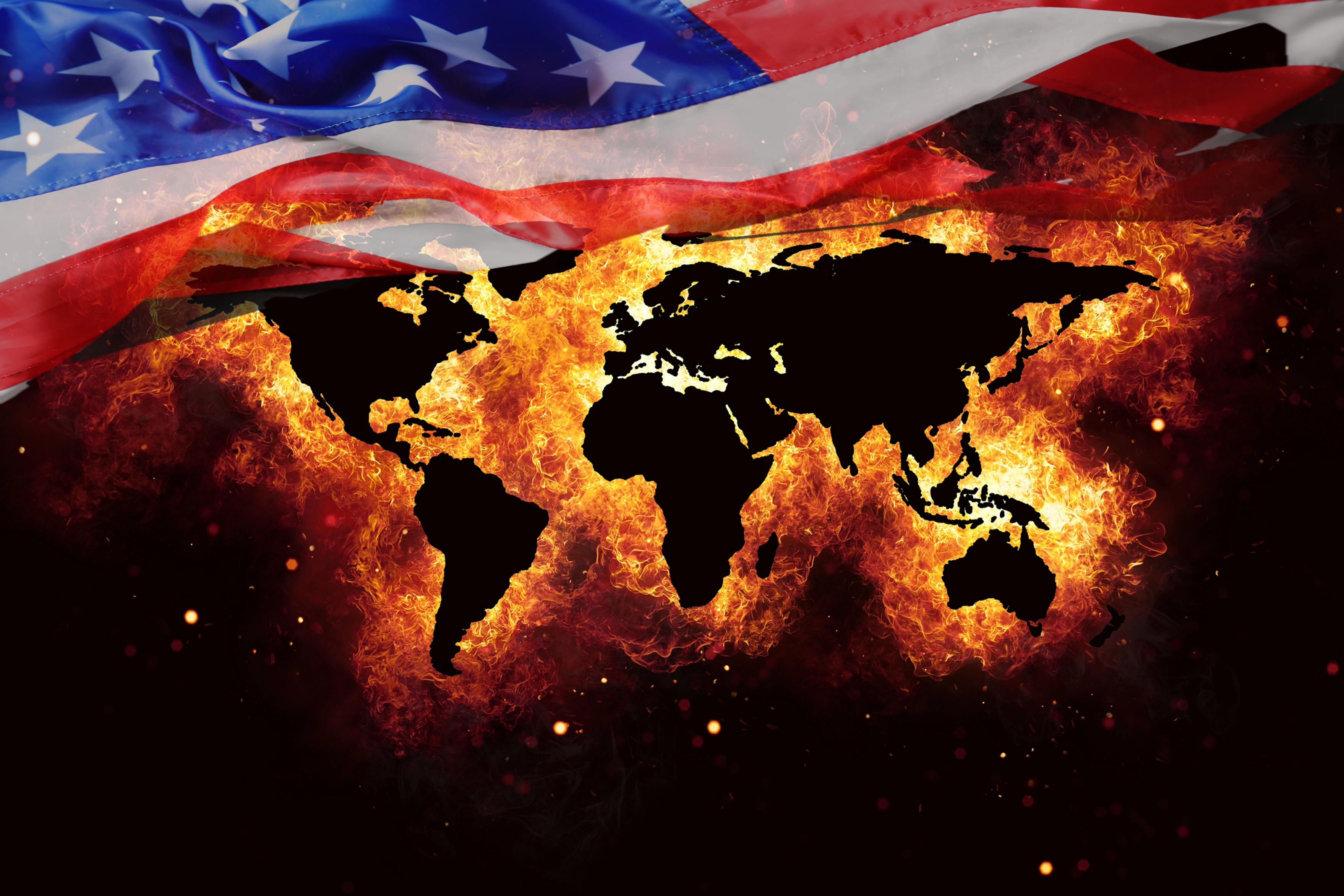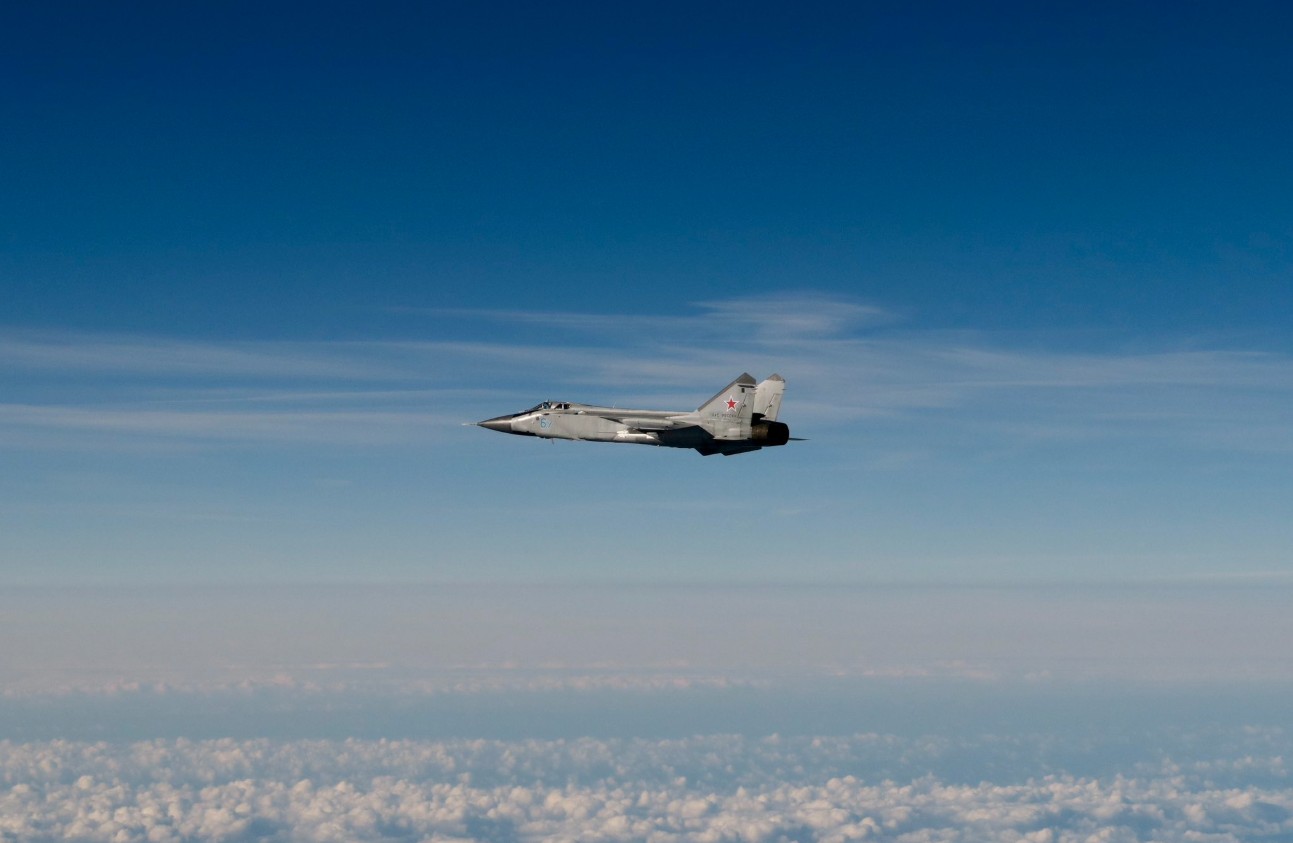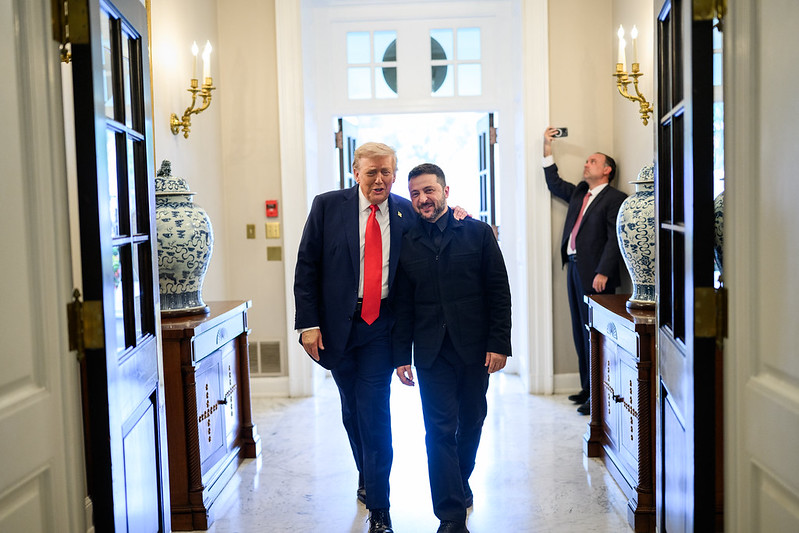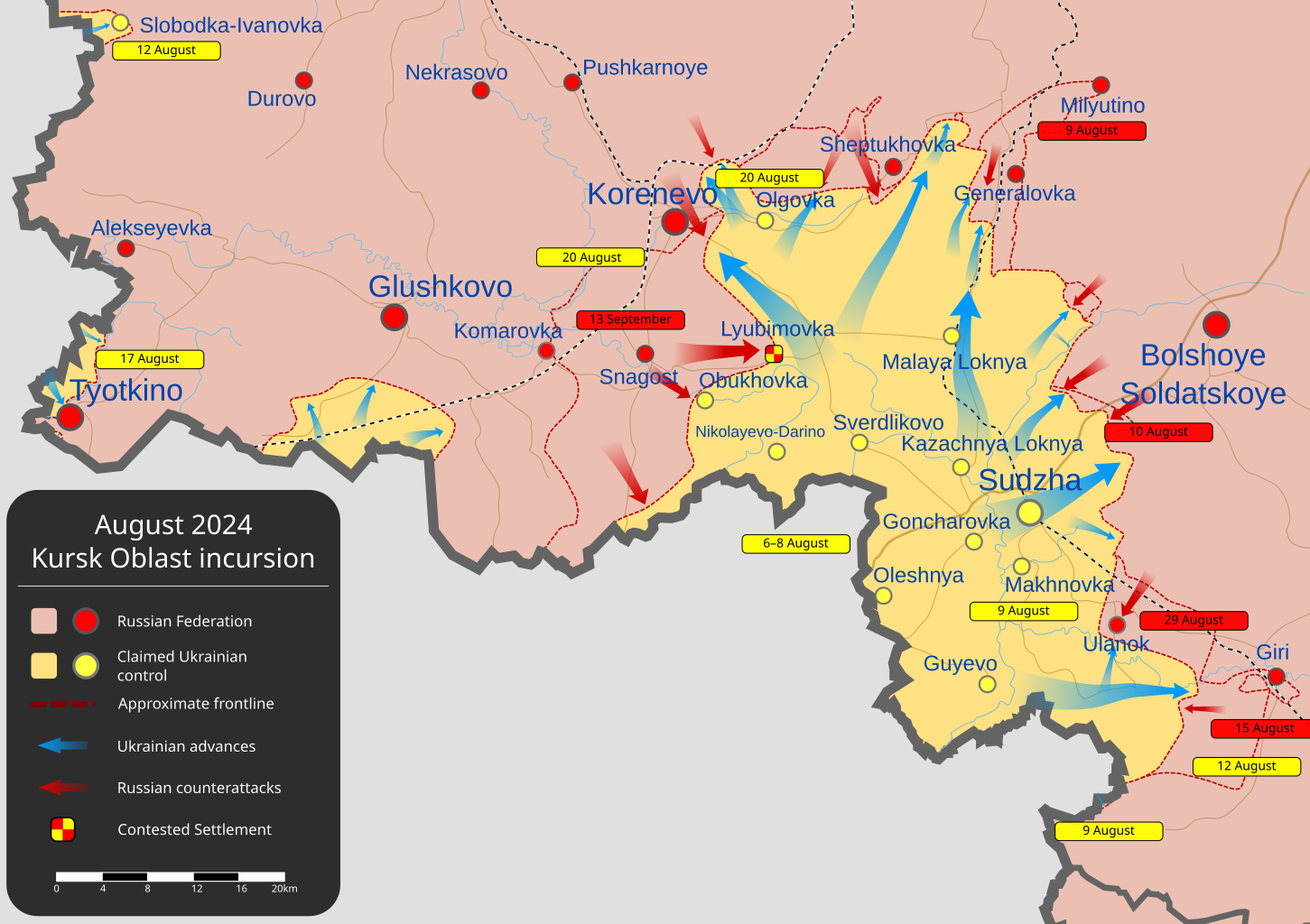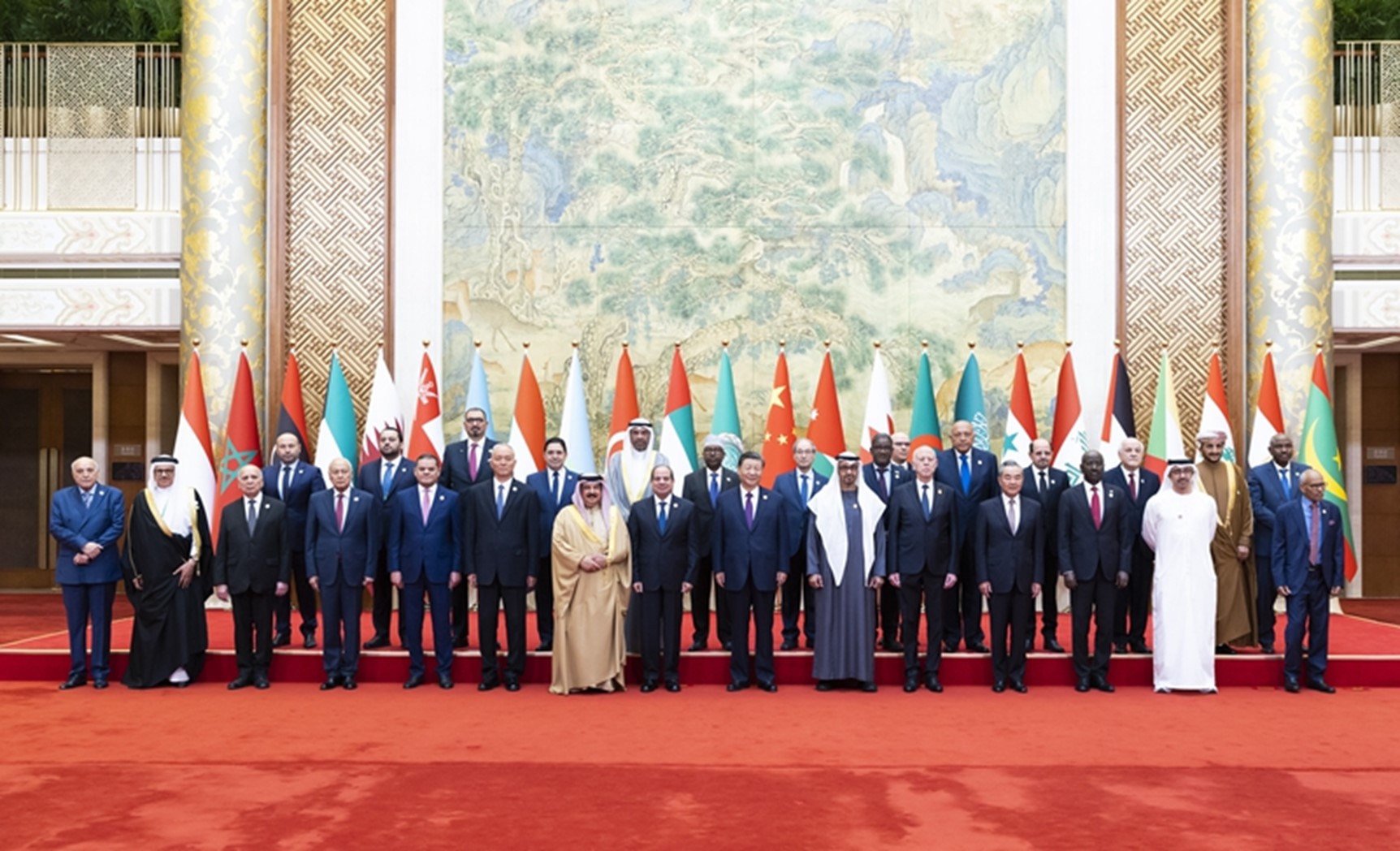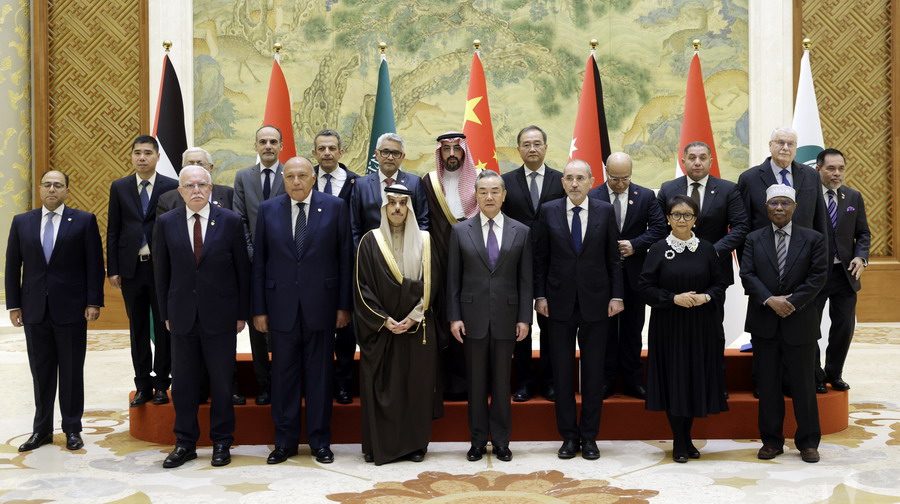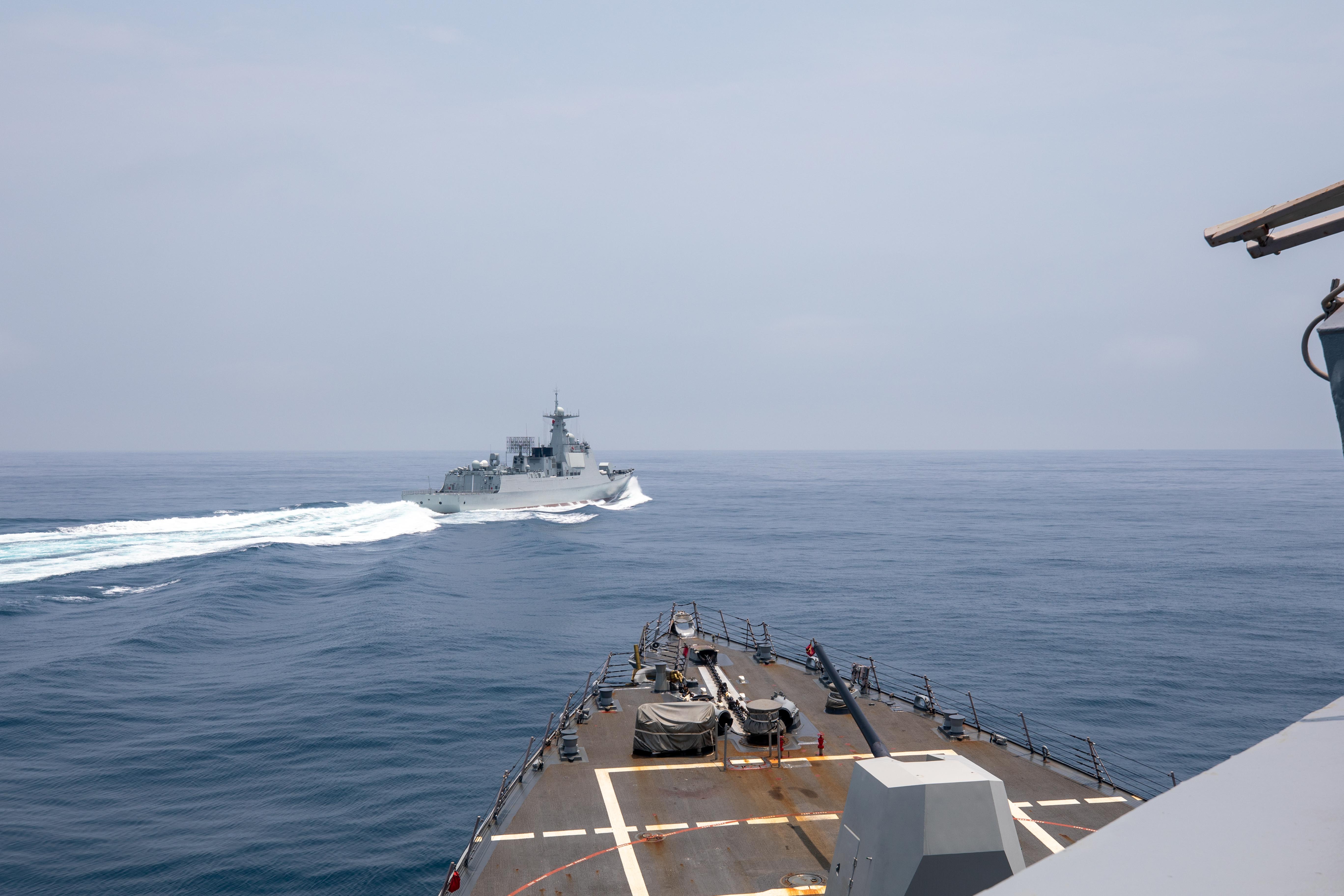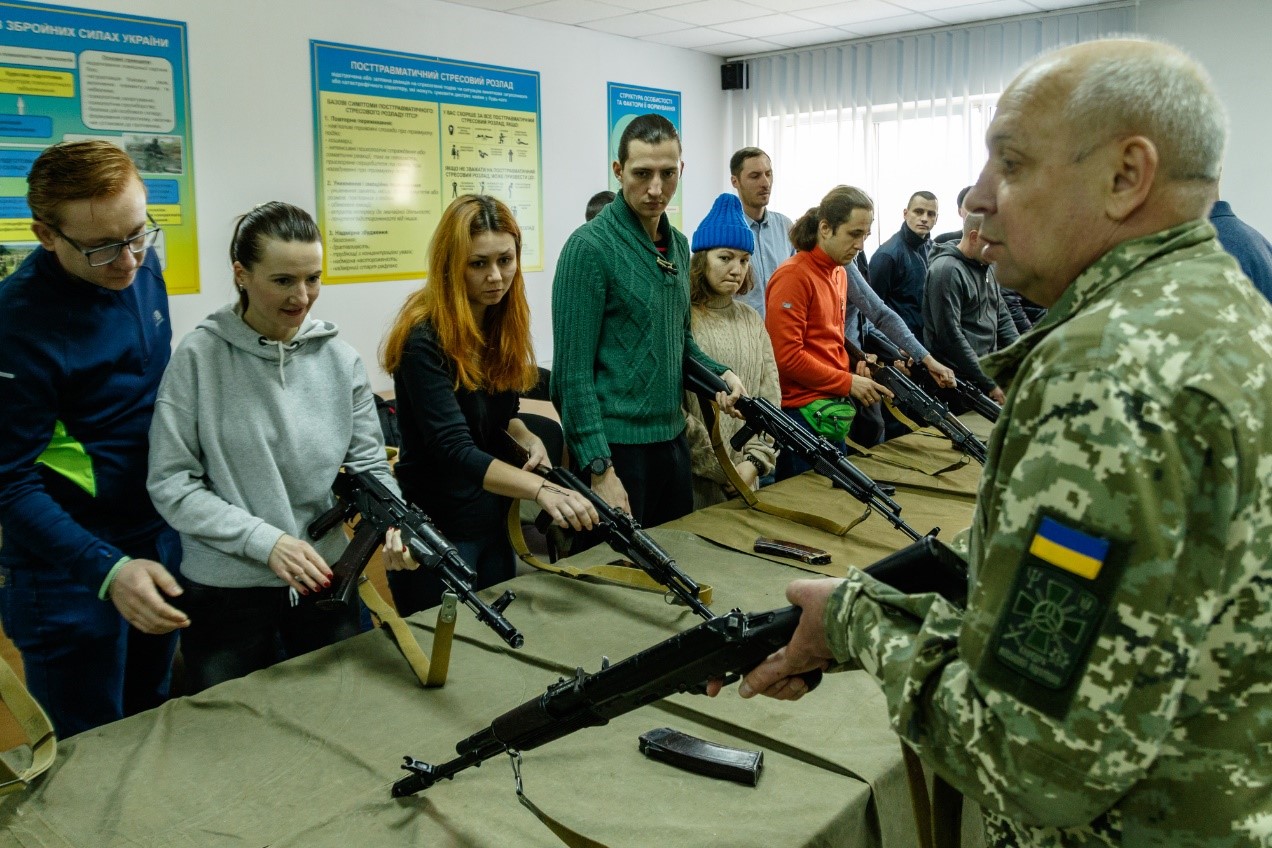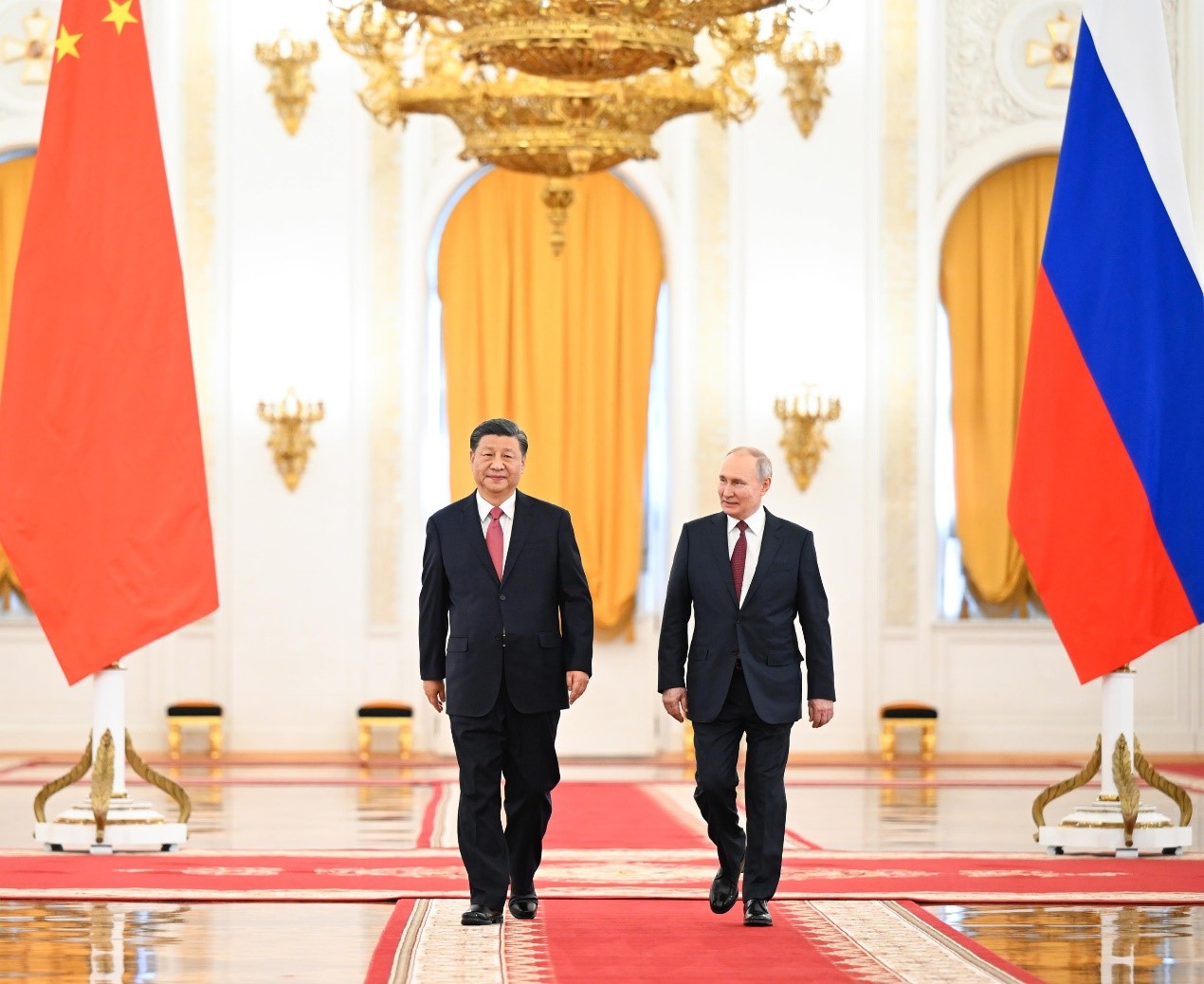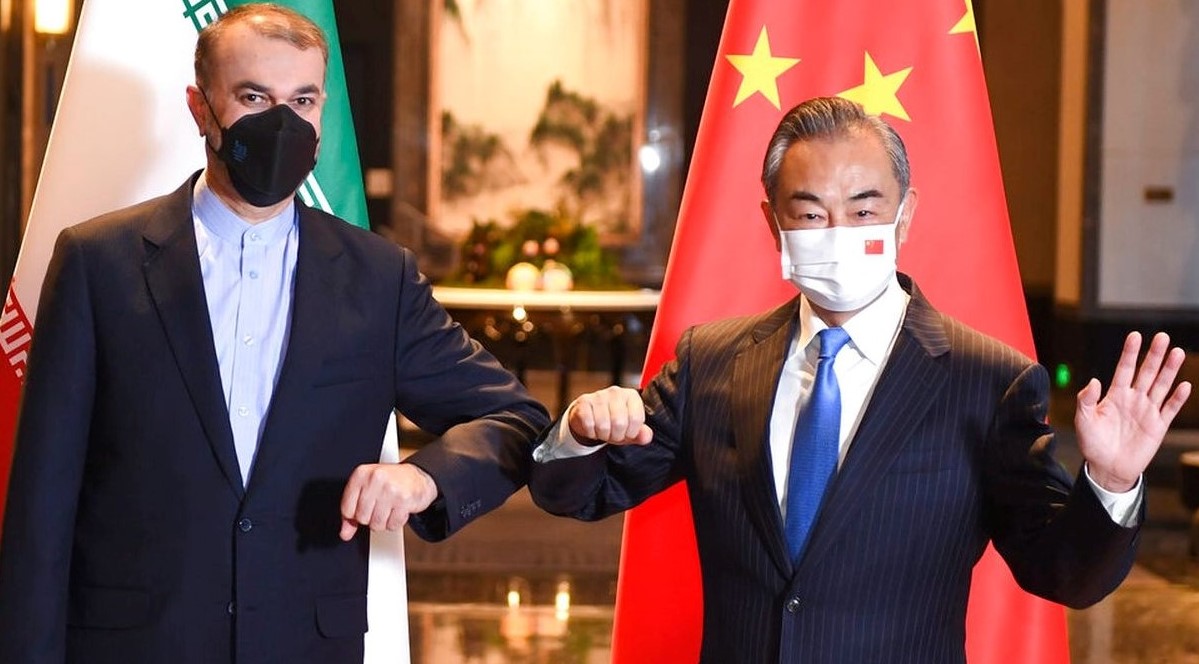The United States’ long-suffering “pivot” to the Indo-Pacific, which several modern-day American presidents have pursued but none has managed to achieve. Beneath the levity hides a grim reality with serious consequences not just for the United States, but for the global order that American power underpins as well. Picture source: Depositphotos.
Prospects & Perspectives No. 59
The Eternal Pivot
By Igor Khrestin
The United States’ long-suffering “pivot” to the Indo-Pacific, which several modern-day American presidents have pursued but none has managed to achieve, has now turned into a running meme in policy circles. Beneath the levity hides a grim reality with serious consequences not just for the United States, but for the global order that American power underpins as well. If the imbalance is not addressed by the next commander-in-chief, the consequences may yet be even more disastrous.
What happened?
The heinous October 7, 2023, attack by Hamas against Israel and the cycle of violence it engendered since have turned the U.S.’ weary eyes back to the Middle East. So much for U.S. National Security Advisor’s Jake Sullivan’s confident affirmation a mere week before those attacks that “the Middle East is quieter that it has been for decades.”
In the meantime, the Indo-Pacific has become a more urgent priority, not a lesser one. After the inauguration of President Lai Ching-te in Taiwan in May, the People’s Republic of China (PRC) launched massive live-fire drills in retaliation for the Taiwanese people’s democratic choice. The PRC launched these drills again in mid-October, after President Lai’s Double Ten National Day Address.
Beijing has not limited its malign activities at intimidating Taiwan. In fact, Xi Jinping is on a warpath against the West and its allies. The PRC has significantly ramped up its support for Russia’s war in Ukraine, causing the North Atlantic Treaty Organization (NATO) to label it as a “decisive enabler” of Russia’s aggression during its last annual summit in Washington.
The PRC routinely and unceremoniously threatens Filipino military and civilian vessels in the Philippines’ own internationally recognized territorial waters. The Philippines is a formal U.S. military ally through a longstanding Mutual Defense Treaty (MDT) that also applies to the “contested” islands in the South China Sea where these incidents are occurring. On a lesser scale, the PRC is continuing to do the same with Japan, another formal U.S. treaty ally. One more spark, and the U.S. could find itself in an unpredictable cycle of major power conflict.
Then there is the urgent threat of a resurgent Pyongyang, emboldened by overt Russian support and likely with the PRC’s quiet acquiescence. The news that Kim Jong Un is now supplying troops, along with other materiel, to aid in Russia’s war in Ukraine, should come as no surprise. Russia needs more manpower to achieve a strategic breakthrough in Ukraine. Because of the brutal nature of the regime in Pyongyang, Kim considers human beings as dispensable as artillery shells. Russia is therefore a key to the regime’s long-term survival. This is a win-win for both sides — and only underscores that the Ukraine war is now a global conflict, with massive repercussions for Asia’s security.
So with this brave new world in mind, U.S. policymakers must now ponder Lenin’s immortal conjecture: who is to blame and what is to be done?
Who is to blame?
The simplest answer is the recent spike in violence in the Middle East is the fault of the usual suspects: terrorist organizations, such as Hamas, Hezbollah, and their affiliates, all supported by the mullahs in Tehran, a regime whose longstanding public goal is the destruction of the state of Israel (“Little Satan”) and the United States (“Great Satan”). This is an existential concern that the United States cannot afford to ignore, regardless of what is happening in the Indo-Pacific. It is even more pressing because Tehran and its proxies are openly targeting not just close U.S. allies like Israel, but U.S. soldiers and civilians, often with deadly consequences.
The more complicated answer is that it is also a crisis of our own doing. The United States is no longer willing to project power as effectively as it once has, which has emboldened our adversaries. In 2013, U.S. “red lines” in Syria were effectively ignored without any consequence, leaving a vacuum for Russia to explore and intervene in 2015, thus saving the brutal regime of Bashar al-Assad. In 2014, the U.S. and Europe collectively shrugged their shoulders when Vladimir Putin annexed by force Ukraine’s Crimean Peninsula and invaded parts of the Donbas region. In August 2021, the United States ignominiously departed from Afghanistan, leaving in its wake a trail of broken promises to Afghan society and strategic opportunities for our adversaries to explore.
In February 2022, Russia launched a full-scale invasion of Ukraine, which has by now reverberated in every part of the globe and created a new Beijing-Moscow-Tehran-Pyongyang axis of autocracies. The 10/7 attacks against Israel effectively drew the world’s attention (and more importantly, U.S. resources) away from its full-scale invasion of Ukraine, which Russia effectively exploited.
This permissive environment and lack of U.S. resolve is what likely emboldened Hamas to launch its attacks on 10/7, for Iran to openly target Israel, and ultimately, for additional U.S. military assets to be deployed in the Middle East, rather than the Indo-Pacific.
What is to be done?
The short-term answer is that U.S. resources are finite and they need to be quickly and effectively deployed to where the immediate threat to American lives is greatest. The Middle East — a volatile multi-domain theater with acute threats to key U.S. interests and directly to the U.S military — is where some of those highly prized U.S. kinetic assets are needed today, and so that is where they go.
The longer answer is the more complex one and involves the primary determinants of U.S. strength, or what we used to call “the arsenal of democracy.” If the United States wants a real “pivot” to the Indo-Pacific, it needs to urgently re-build its industrial defense base that has atrophied after the “peace dividend” of the Cold War. Importantly, it needs to do so in close coordination with its allies, which the recently announced Partnership for Indo-Pacific Industrial Resilience (PIPIR) envisions. Washington also has domestic initiatives, such as the authorities provided under the Pacific Deterrence Initiative and the Asia Reassurance Initiative Act, which have regrettably been underutilized.
Most importantly, the next U.S. commander-in-chief needs to needs to avoid what former Secretary of State Condoleezza Rice called “the four horsemen of the apocalypse”: nativism, populism, isolationism, and protectionism. That might be a tall order, but it is absolutely key to U.S. long-term global strength, whether it is in the Middle East, Europe or the Indo-Pacific.
(Igor Khrestin is the Bradford M. Freeman Managing Director for Global Policy at the George W. Bush Institute.)


